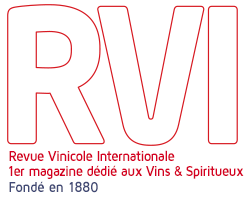World wine overview – Historic high in trade
Speaking from the OIV’s headquarters in Paris, by web conference, Director General Pau Roca presented on 27 April, information on wine production, consumption and international trade in 2021. 2021 sees a partial recovery of global consumption after the 2020 sanitary crisis and the boom in the international trade market, which registered a record beyond expectations in volume and in value.However, the scenario for 2022 looks uncertain due to the turbulence posed by the global supply chain crisis, the war in Ukraine, covid variants and the increasing energy prices.
2021 Key Figures for the wine sector
World wine production, excluding juices and musts, in 2021 is estimated 260 mhl, marking a decrease of almost 3 mhl (-1%), compared to 2020.
war is putting unprecedented pressure on the global energy market , which was already experiencing a rise in prices in 2021. Moreover, the sanctions imposed by the EU on Russia are putting further pressure on the market. Also, potential trade disruption between EU and Russia might cause some concerns, especially in Italy, France and Spain. As a reminder, Russia is the 10 th largest wine importer in the world in 2021 (accounting for about 2% of the world imports) and the 8 th largest wine market in terms of sales value.
Sources : OIV




